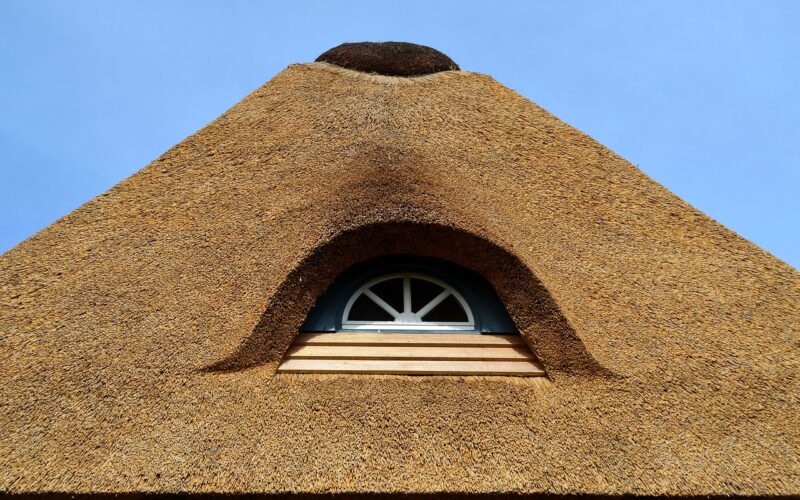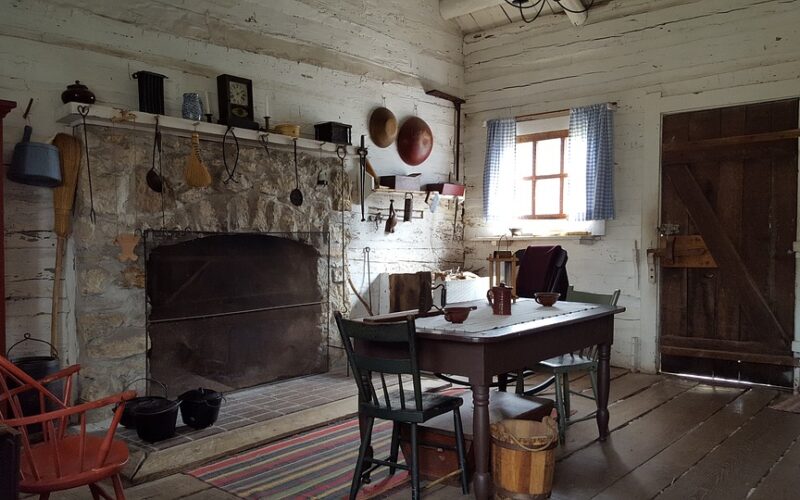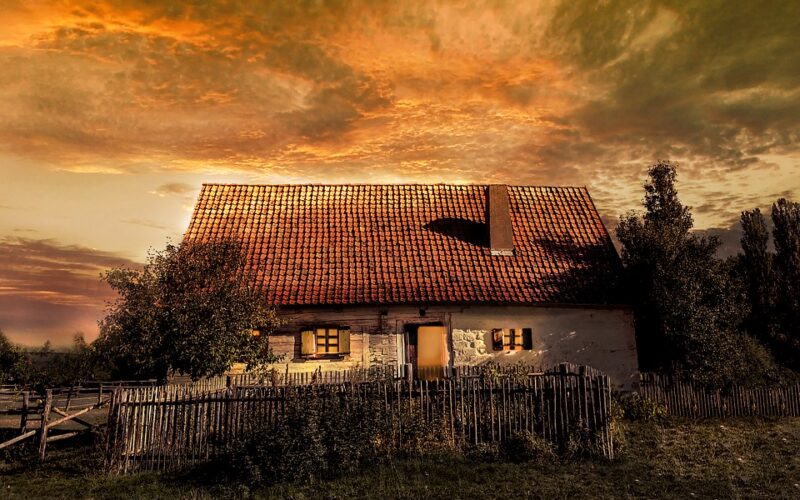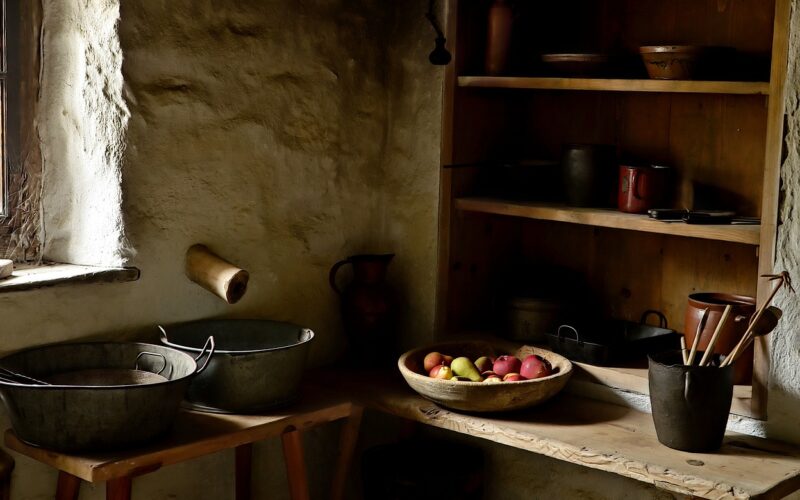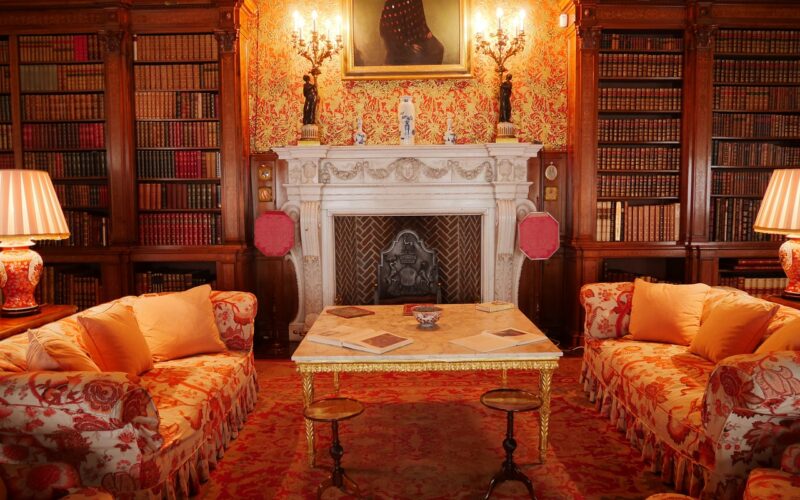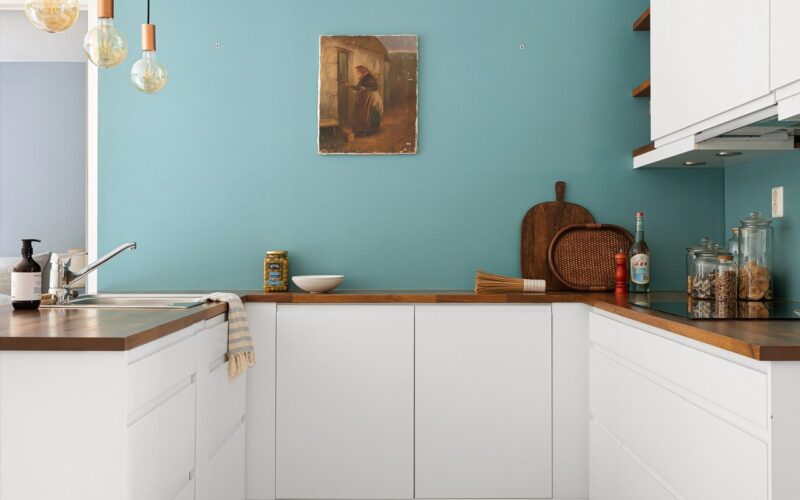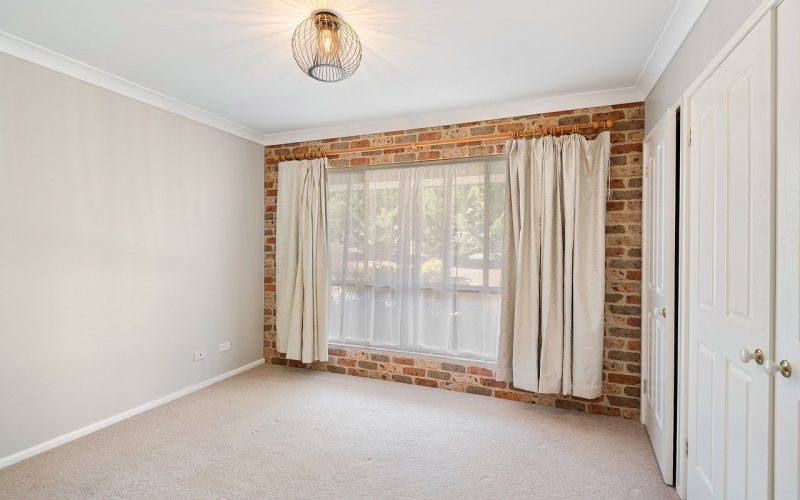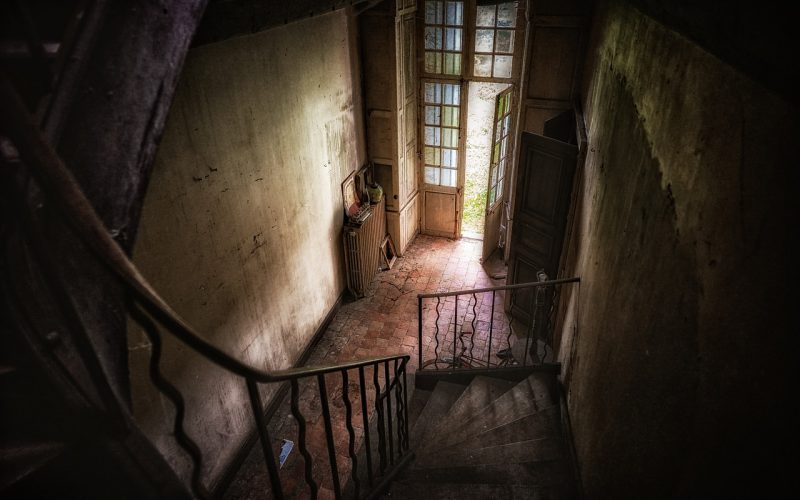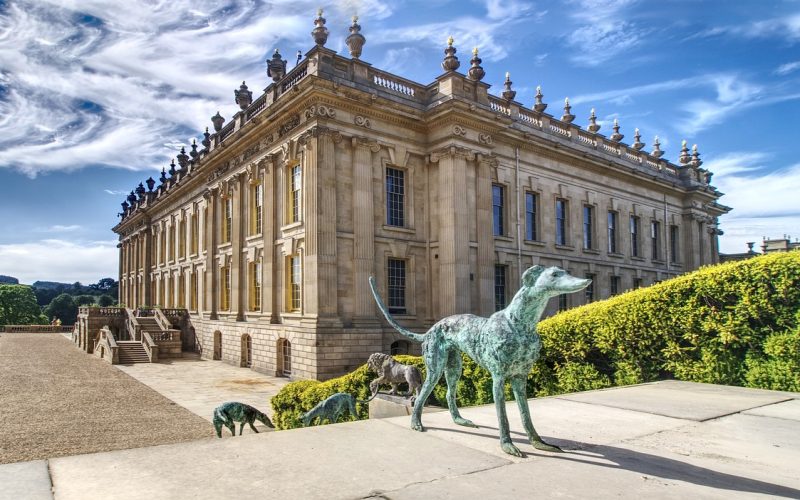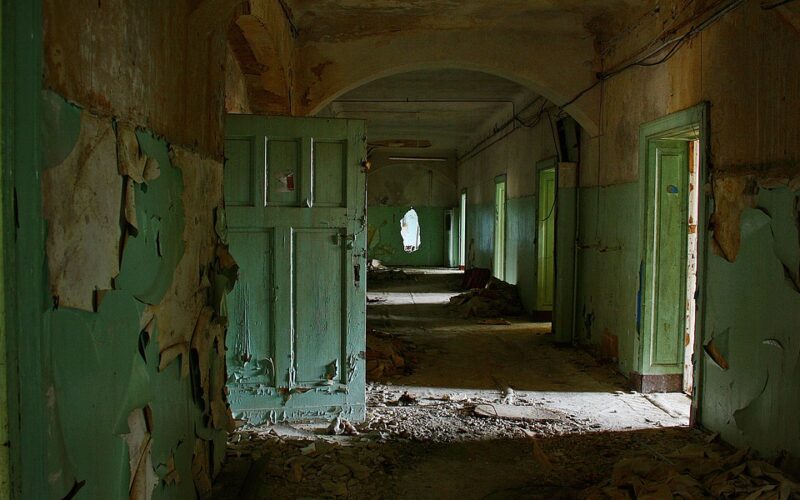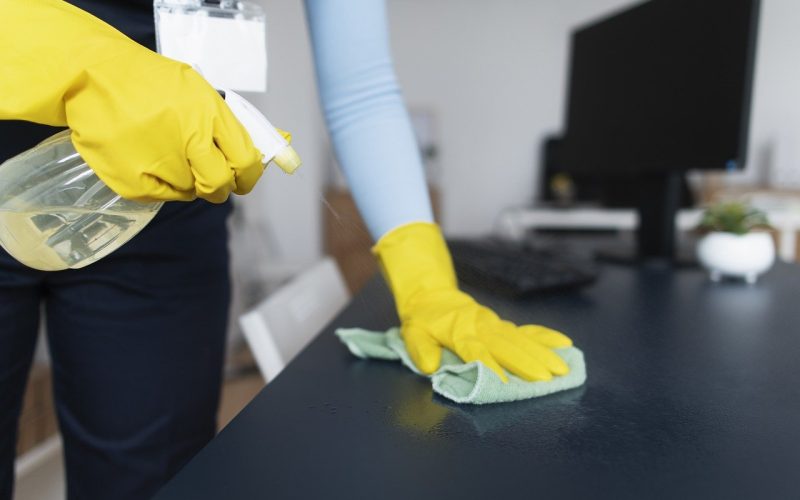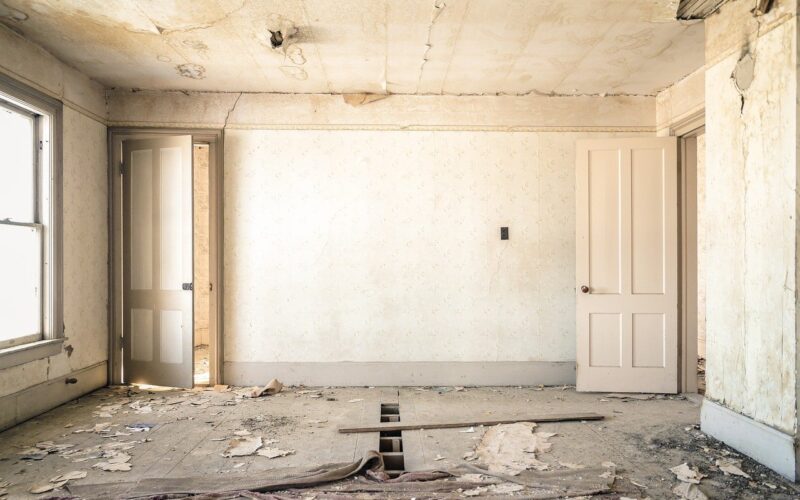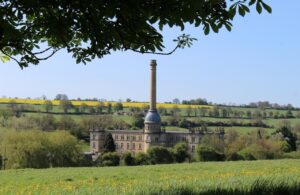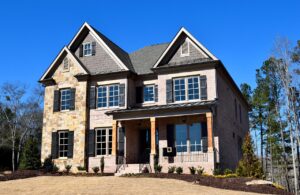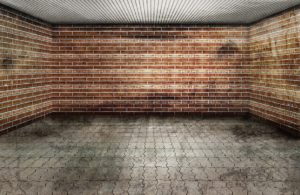A listed building carries with it not just an architectural form, but the history and stories of its time. These buildings are often selected for their national importance in terms of their special architectural or historic interest. Preserving them is about maintaining cultural identity and continuity in an ever-changing landscape. The process is meticulous and requires a nuanced approach to honour the legacy while meeting contemporary needs.
The challenges of modernisation
Modernising a listed building is fraught with challenges that require a sensitive balance between preservation and adaptation. Many of these structures lack the amenities that are considered standard today, such as effective heating systems, modern plumbing, or electrical circuits that can handle current loads. The key is to integrate these essentials without compromising the building's integrity. This often involves creative solutions and innovative techniques that conform to strict preservation standards.
Collaborating with conservation experts
Restoration work must always involve collaboration with heritage conservation experts. These professionals bring expertise in historical constructions, materials, and architectural styles, ensuring that any restoration work is aligned with the building's historical context. They can also guide the practical aspects of restoration, from the type of materials that should be used to techniques that will enhance longevity without altering the building’s character.
Navigating legal and regulatory frameworks
Working with listed buildings also means a thorough understanding of relevant legal and regulatory frameworks. Restorers must obtain the necessary permissions and adhere strictly to heritage guidelines, which can include limitations on changes to the building's façade, structural changes, or even colour schemes. Diligence in this phase of planning can prevent costly legal issues and ensure the preservation work proceeds smoothly.
Employing traditional methods and materials
Authenticity in restoration is paramount, and that often means employing traditional methods and materials. Utilising lime plaster instead of modern gypsum, or sourcing original or historically accurate bricks for repairs, helps maintain the authenticity of the building while ensuring its sustainability for future generations. Skilled artisans and craftsmen experienced in historical methods play an invaluable role in this process.
The rewards of successful restoration
Successfully restoring a listed building is replete with rewards, not just in the form of the rejuvenated structure, but also in the preservation of history. These buildings form part of a nation's narrative, and their restoration often ignites community interest and engagement with local history. When a restoration project is done well, it becomes a source of pride and a touchstone to the past that stands resiliently in the modern era.
Restoration is not just about preserving bricks and mortar; it is about continuous care for our cultural tapestry. Each listed building tells a tale, reflecting the collective memory of the past.
